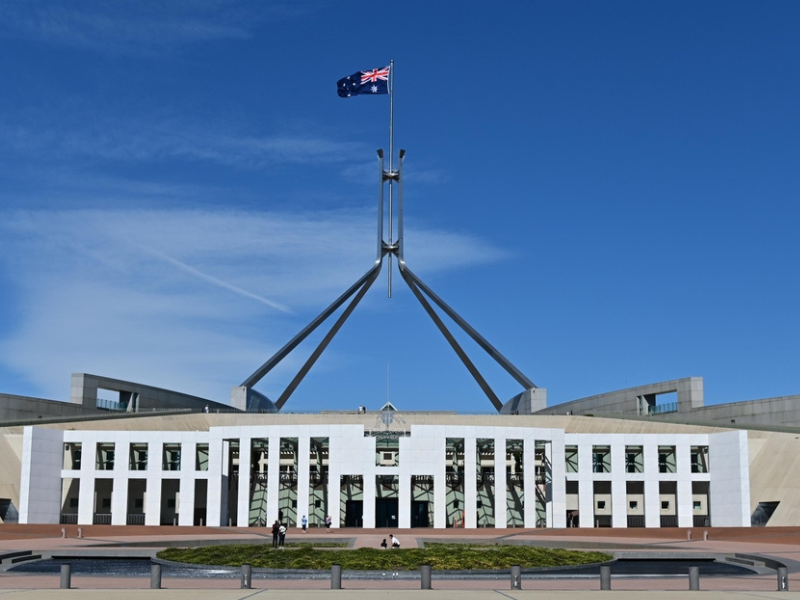Australia’s capital city, Canberra, is often overshadowed by its more famous counterparts, Sydney and Melbourne. However, this meticulously planned city has its unique charm and significance. From its historical origins to its modern urban structure, Canberra offers a fascinating glimpse into Australia’s political and cultural landscape.
Origins and Naming
Canberra was chosen as the capital of Australia in 1908 as a compromise between rivals Sydney and Melbourne, who both vied for the title. The name “Canberra” is derived from the Ngunnawal word “Kamberra,” which is believed to mean “meeting place.” This name reflects the city’s role as a central hub for the Australian government and its diverse population.
Historical Development
Before becoming the capital, the area where Canberra now stands was predominantly rural and sparsely populated. The site was selected due to its central location on the Australian continent and its suitability as a planned capital. Construction began in the early 20th century, guided by the design of American architect Walter Burley Griffin, who won an international competition to design the city. His plan featured a series of geometric patterns influenced by the natural landscape, creating a city that harmonises with its surroundings.
Urban Structure
Canberra’s urban structure is characterised by its carefully planned layout. The city is organised into distinct districts or “precincts,” each serving a specific function. Key areas include:
- Parliamentary Triangle: Home to the Australian Parliament House, the National Gallery, and the High Court, this area is the heart of Australian politics and law.
- Canberra City Centre: The commercial and retail hub featuring shopping centres, restaurants, and cultural attractions.
- Government Precincts: These areas are essential for federal administration, including departments and ministries.
- Residential Suburbs: Canberra is known for its spacious, well-planned suburbs, each designed with green spaces and recreational facilities.
The city is also notable for its abundant parks, lakes, and open spaces, providing a pleasant environment for residents and visitors alike.
Federal Representation
As the capital, Canberra is the seat of Australia’s federal government. The city is home to the Australian Parliament House, where federal laws are debated and passed. Canberra also hosts the official residences of the Prime Minister and the Governor-General. This concentration of political institutions makes the city a focal point for national governance.
Judiciary and Policing
Canberra’s judiciary is centred in the Parliamentary Triangle, where the High Court of Australia is located. The High Court is the highest court in the Australian judicial system, responsible for interpreting the Constitution and resolving significant legal disputes.
Canberra’s policing is managed by the Australian Federal Police (AFP), which provides law enforcement services across the nation’s capital. The AFP ensures the safety and security of Canberra’s residents and visitors, maintains public order, and handles federal jurisdiction matters.
Economy
Given its role as the national capital, Canberra’s economy is largely driven by the public sector.
Key sectors include:
- Public Administration: Canberra has a substantial number of government employees as the seat of the federal government.
- Education and Research: Home to institutions like the Australian National University (ANU) and other research facilities, Canberra is a hub for academic and scientific research.
- Tourism: The city attracts visitors with national monuments, museums, and cultural institutions. The annual Floriade festival and other events also contribute to the local economy.
Cultural and Recreational Life
Canberra offers a range of cultural and recreational activities. The city boasts several national museums and galleries, including:
- National Museum of Australia: Showcasing Australian history and culture.
- National Gallery of Australia: Home to an extensive Australian and international art collection.
- Australian War Memorial: A tribute to Australia’s military history.
Outdoor enthusiasts can explore Lake Burley Griffin, which offers boating, cycling, and walking opportunities. The nearby Namadgi National Park offers hiking and wildlife spotting in a picturesque setting.
Canberra may not have the coastal allure of Sydney or the cultural vibrancy of Melbourne, but its role as Australia’s capital gives it a unique place in the country’s heart. With its carefully planned urban design, significant political institutions, and rich cultural offerings, Canberra embodies both the country’s history and future. Whether you are interested in politics, history, or simply exploring a well-planned city, Canberra has something to offer.
















